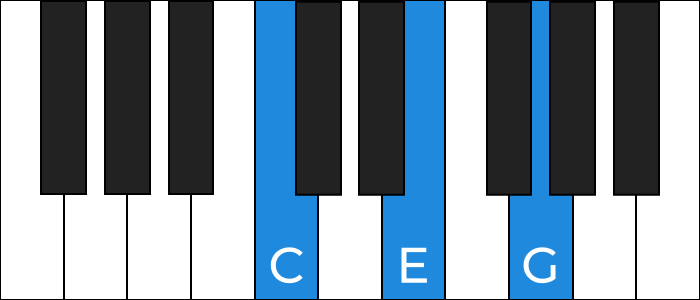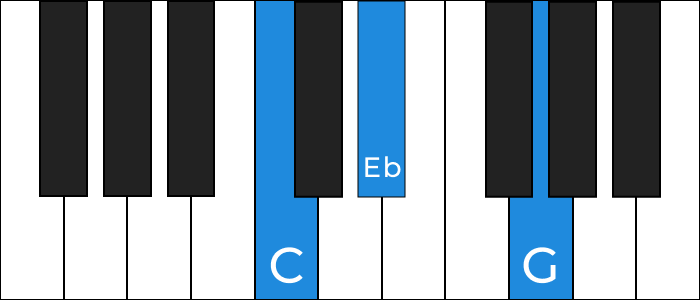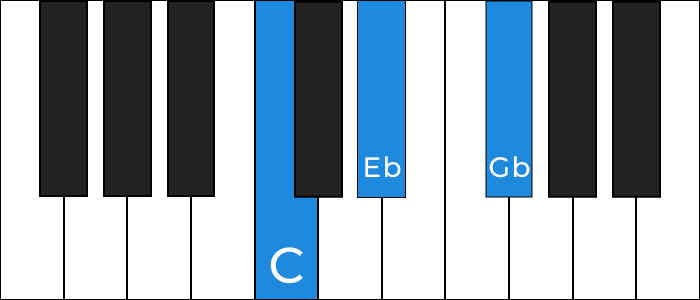As a songwriter, an understanding of basic music theory can be incredibly helpful in taking your music to the next level. After you understand the fundamentals of chord building, you’ll be able to start putting together chord progressions.
A chord progression is the foundation for an entire song. It can create a certain mood, and it lays the groundwork for the melody and lyrics.
Before we get into building chord progressions, let’s talk about how to build an individual chord.
What is a chord anyway?
A chord is simply a group of harmonic notes (usually 3 or more) played together.
A chord is constructed using a root (starting) note and a combination of intervals. An interval is the relationship between two notes.
In this article we’ll be discussing intervals in terms of semitones. A semitone is the distance between one note and the note directly above or below it. For example, B and C are one semitone apart, as are B and Bb. On a guitar, one fret represents a semitone. On a piano, one key to the next represents a semitone.
Today we’ll talk about 3 basic types of chords, each of which is a triad, meaning that it consists of 3 notes. After you get the basics down, there are countless ways to get creative and extend your chords! The chord types we’ll construct are major, minor, and diminished.
Major Chords
Major chords are often described as simple, full, or happy. Think Ring of Fire by Johnny Cash or All the Small Things by Blink-182.
A major chord is made up of a root, a major third (+4 semitones), and a perfect fifth (+7 semitones).
Let’s look at an example: C Major. We’ll start with C, our root note. Then, we’ll add 4 semitones to find the major third, an E. We’ll add 3 more semitones, or 7 semitones from our root, to find the perfect fifth, a G. So, a C Major chord consists of C - E - G.
Below, you can see what that would look like on a piano. You can count the keys (semitones) between our notes to see the intervals in action.

Minor Chords
Minor chords are often described as sad or serious.
A minor chord is made up of a root, a minor third (+3 semitones), and a perfect fifth (+7 semitones).
Let’s look at an example: C Minor. We’ll start with C, our root note. Then, we’ll add 3 semitones to find the minor third, an Eb/D#. We’ll add 3 more semitones, or 7 semitones from our root, to find the perfect fifth, a G. So, a C Minor chord consists of C - Eb - G.

Diminished Chords
Diminished chords are often described as tense, dissonant, or even unpleasant.
A diminished chord is made up of a root, a minor third (+3 semitones), and a diminished fifth (+6 semitones).
Let’s look at an example: C Diminished. We’ll start with C, our root note. Then, we’ll add 3 semitones to find the minor third, an Eb/D#. We’ll add 3 more semitones, or 6 semitones from our root, to find the diminished fifth, a Gb/F#. So, a C Diminished chord consists of C - Eb - Gb.

Practice, Practice, Practice!
Now that you know the theory behind basic chord building, see if you can build other common chords from the ground up!
After you get comfortable with these common chord types, you can start to learn about advanced and extended chords. Or take the basics and start putting together your own chord progressions!
Ready to jump into songwriting feet-first?
Check out Songcraft, our all-in-one songwriting platform that will help you explore chords and put together the perfect chord progression.
Happy songwriting!
